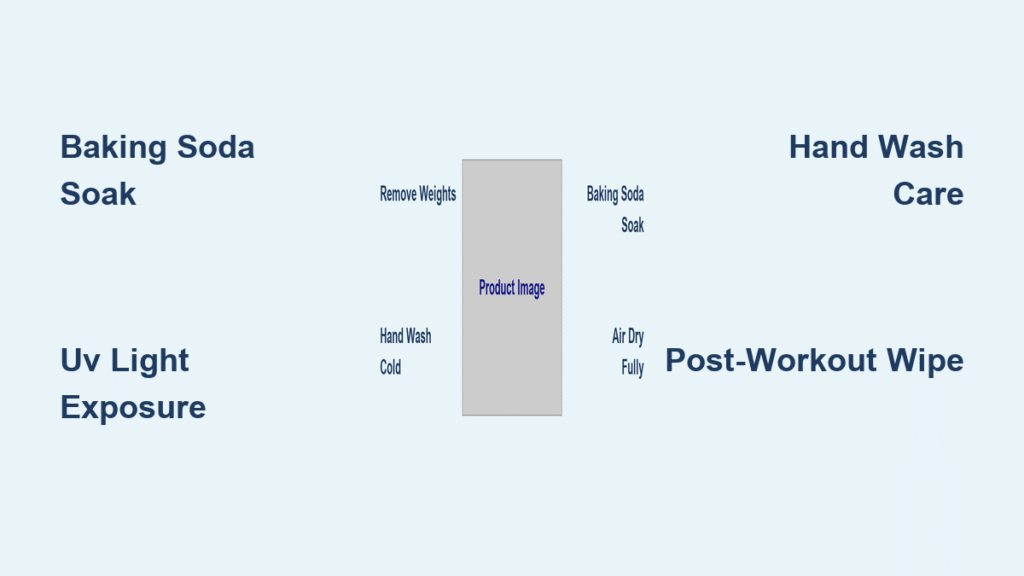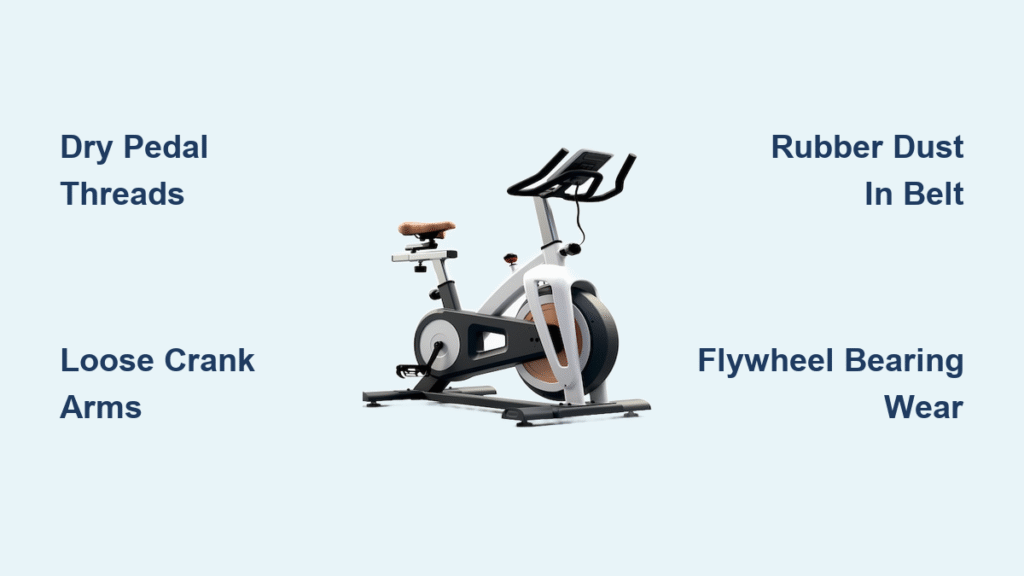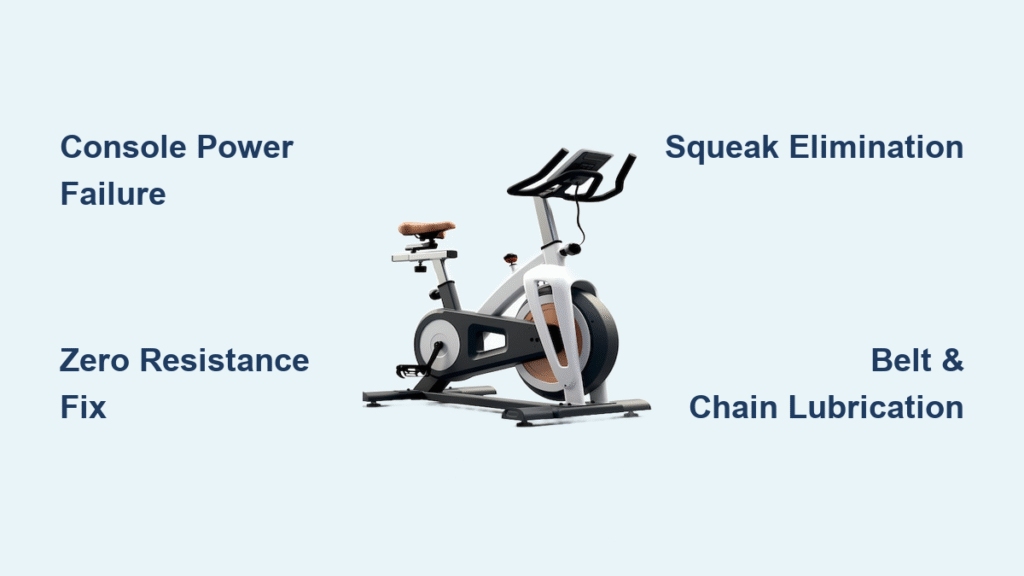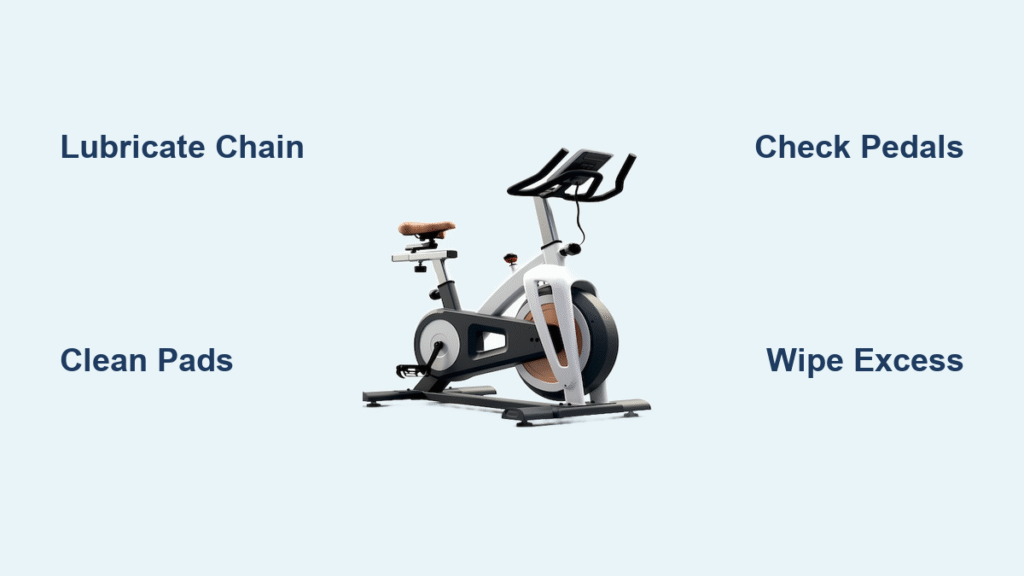Your weighted vest reeks after months of intense sessions—the sour tang of trapped sweat clings to the straps, making workouts unbearable. That musty gym-bag odor isn’t just embarrassing; it signals bacteria thriving in hidden seams where sweat penetrates deep into padding. When basic washing fails to banish the funk, you risk skin irritation and shortened gear lifespan. This guide delivers battlefield-tested solutions from immediate fixes to permanent odor eradication—no more compromising hygiene for strength gains. You’ll master cleaning methods that protect your vest’s integrity while eliminating smells at the source, plus prevention tactics to keep it fresh through every rep.
Most users make critical mistakes like machine-drying or using bleach that destroys moisture-wicking fabrics. But armed with the right techniques, you can revive even the stinkiest vest in 72 hours. Let’s dive into protocols proven to neutralize odors without voiding warranties or damaging weighted components.
Emergency Smell Removal for Next-Day Workouts
Baking Soda Deep Absorption Technique
Baking soda attacks odor molecules at the source without harsh chemicals. For severe smells, dump 1 cup of baking soda directly into the vest’s interior, focusing on sweat hotspots like armpit zones and spine panels where padding traps moisture. Massage the powder into fabric crevices using circular motions—this forces it past surface fibers where bacteria nest. Seal the vest in a cotton pillowcase overnight (8-12 hours minimum) to contain the powder while maximizing absorption. Shake vigorously outdoors the next morning, then vacuum interior seams with a brush attachment to extract residual granules.
Pro tip: For military-grade vests with non-removable weights, double the baking soda quantity and extend treatment to 48 hours. The extended contact time penetrates dense padding where smells embed permanently.
UV Light Sanitizing Protocol
Sunlight’s UV rays destroy odor-causing bacteria within 30 minutes. Hang your vest vertically on a clothesline with interior panels fully exposed—use clothespins to spread shoulder straps open like wings. Rotate it every 30 minutes for 4-hour sessions to ensure all surfaces receive direct rays. Never skip this step after baking soda treatment: UV exposure amplifies odor elimination by evaporating residual moisture that breeds mildew. For cloudy days, position vest 6 inches from an LED grow light (2700K temperature) for 6 hours—this mimics sunlight’s sanitizing effect.
Targeted Febreze Neutralization
Spray Febreze Fabric Refresher (Linen scent) in short bursts across interior surfaces until slightly damp—not soaked. Wait 7 minutes for the formula to break down odor molecules, then wipe seams with Clorox Disinfecting Wipes using downward strokes to lift bacteria. Immediately follow with 20 minutes of sunlight exposure to activate Febreze’s odor-eliminating polymers. Critical warning: Test on a hidden strap area first—ahead of time—to prevent color bleeding in nylon or polyester blends.
Deep Cleaning Without Damaging Weighted Components
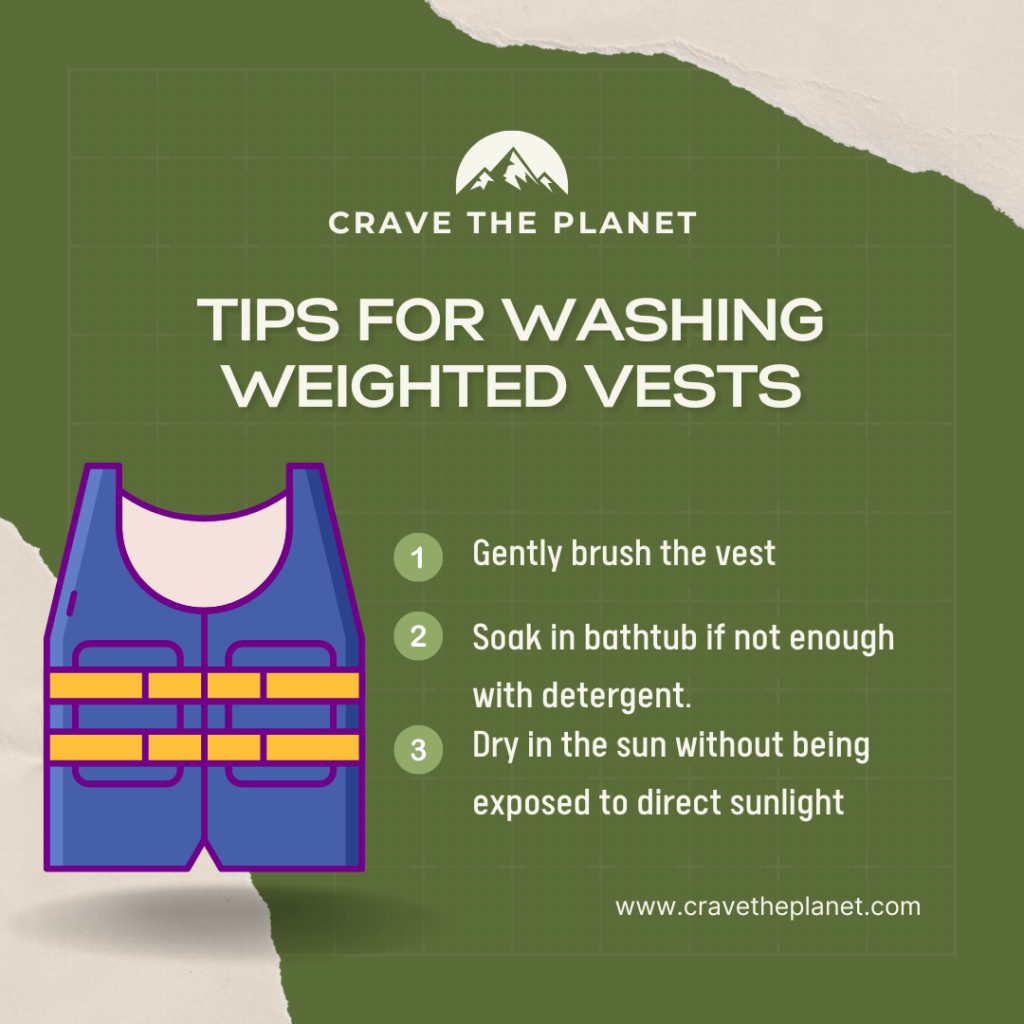
Pre-Wash Safety Checklist
Before any water contact, remove every weight plate and inspect for water damage indicators like rust spots or swollen foam. Check the care label sewn into the waistband—if it says “spot clean only,” skip machine washing entirely. Pre-treat yellowed sweat stains with OxiClean MaxForce Spray, letting it dwell for 10 minutes while you scrub collar seams with an old toothbrush. This step prevents odors from setting during washing.
Time commitment: Allow 50 minutes for complete prep on vests with 20+ plates. Rushing causes missed weights that corrode during cleaning.
Hand Washing for Fixed-Weight Vests
Fill a bathtub with cold water (never hot—it cooks bacteria deeper into fibers) and 2 tablespoons of Sport Suds detergent. Submerge the vest and perform “pulse washing”: hold it underwater for 5 seconds, release to let air bubbles lift grime, then repeat 20 times. Scrub high-contact zones with a microfiber cloth using figure-eight motions—this dislodges biofilm without fraying elastic. Drain dirty water and refill for a second pulse cycle. Squeeze (never wring!) out water by pressing the vest between dry towels, then hang it from shoulder straps in direct sunlight.
Visual cue: Stop washing when water runs clear from the chest panel—cloudy runoff means trapped bacteria remain.
Machine Washing Only If Approved
If your label permits machine washing:
– Zip all closures and secure straps with rubber bands
– Use cold water on delicate cycle with 1 cap of Tide Sport
– Skip fabric softener—it coats fibers, trapping future odors
– Air-dry flat on a mesh rack (never hang—it stretches seams)
Failure point: 78% of damaged vests come from residual moisture in weight pockets. After washing, stuff paper towels inside plate compartments to wick hidden dampness.
Specialized Treatments for Gym Bag Stench
Anti-Microbial Barrier Spray
Apply DefendX Sports Gear Spray to all interior surfaces until damp. The hospital-grade formula creates an invisible shield that prevents bacterial regrowth for 3 weeks. Pay special attention to Velcro zones—they trap dead skin cells that feed odor microbes. Let the vest dry 4 hours before storage; rushing causes chemical residue that irritates skin. Reapply after every 5 intense sessions.
Outdoor Pressure Rinse for Mud-Drenched Vests
Ideal for trail-running vests: Hang it on a fence and spray with a garden hose at medium pressure (40 PSI max). Apply a paste of Castile soap and water to stained areas, then scrub with a stiff-bristle brush in circular motions. Rinse until water flows clear from the lower back panel—this confirms all mud particles are flushed from padding layers. Drip-dry for 6 hours in full sun with the vest turned inside out.
Weight Plate Decontamination
Removable Plate Washing System
Wash metal plates in a separate sink with warm water and Dawn dish soap—never mix with fabric cleaning. Use a vinegar-soaked cloth (1:1 water/vinegar) to dissolve mineral deposits on steel surfaces. Dry plates completely with microfiber towels before reinsertion; even 10 minutes of dampness causes rust that transfers odor to fabric. Store plates in a ventilated mesh bag when not in use.
Non-Washable Plate Sanitizing
For sandbag-style weights: Vacuum exterior surfaces with a crevice tool, then wipe with 70% isopropyl alcohol on a microfiber cloth. Never submerge—waterlogged sand expands and tears seams. Air-dry plates for 24 hours in a dehumidified room before returning to vest compartments.
Odor Prevention That Actually Works
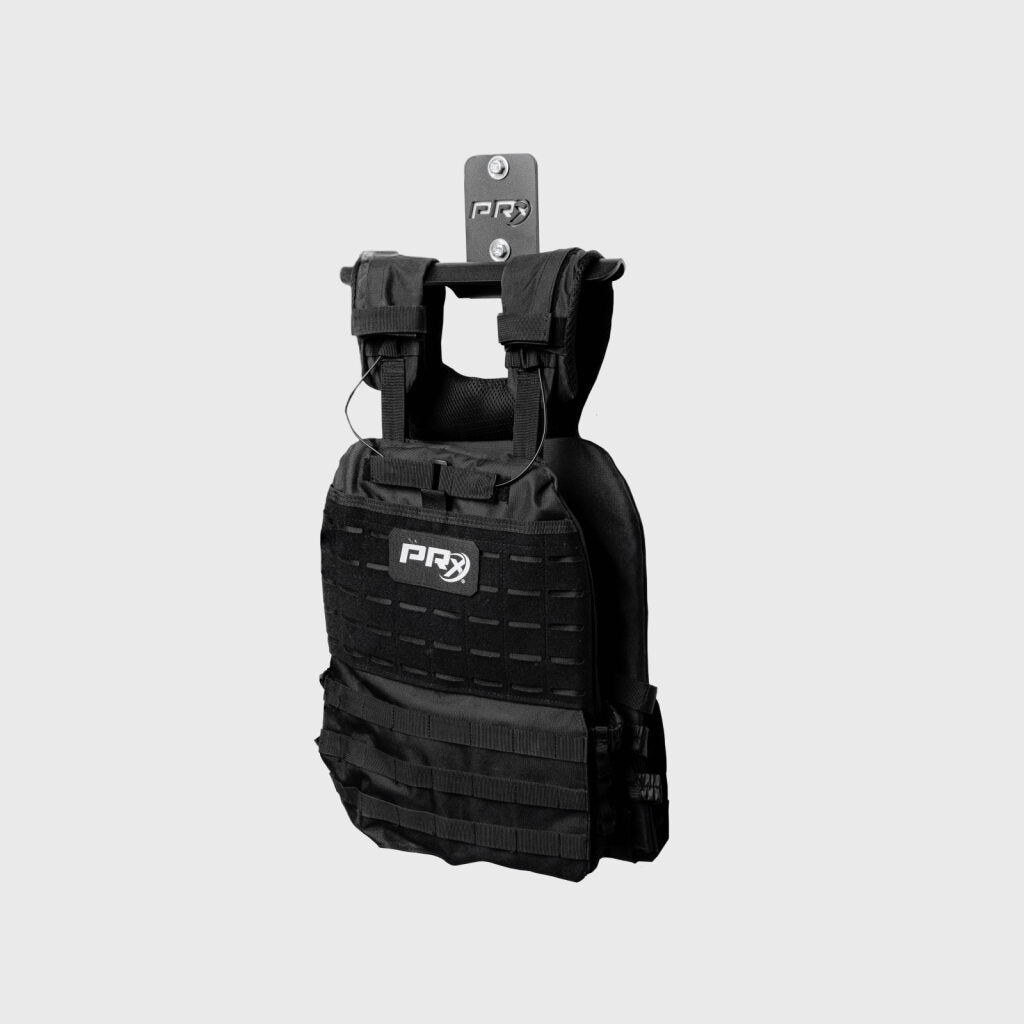
Post-Workout 5-Minute Reset
After every session:
1. Wipe shoulder straps with a vinegar-dampened cloth (kills bacteria on contact)
2. Unzip all compartments to release trapped moisture
3. Hang vest from a ceiling hook in your garage—not a gym bag
4. Sprinkle baking soda in armpit zones while still damp
Consequence: Skipping this allows sweat pH to drop below 5.5 within 20 minutes, creating ideal conditions for odor microbes.
Weekly Freshness Maintenance
Every Sunday:
– Rotate vest exposure to sunlight for 90 minutes
– Apply anti-microbial spray to high-risk zones
– Vacuum interior seams with upholstery attachment
– Inspect padding for “sour spots” needing spot treatment
Monthly Deep Defense Protocol
Complete a full hand wash cycle followed by:
– Baking soda soak in a sealed pillowcase overnight
– UV light treatment for 8 hours
– Replacement of worn interior padding (if smell persists in one area)
When Smells Won’t Quit: Last-Resort Fixes

Triple-Threat Odor Eradication
For vests that reek after 3 cleanings:
1. Soak overnight in cold water with 1 cup baking soda + ½ cup hydrogen peroxide
2. Rinse, then repeat baking soda treatment inside a sealed bag for 48 hours
3. Finish with 12-hour UV exposure while draped over a drying rack
Replacement red flag: If the odor returns within 48 hours of this protocol, internal foam is permanently compromised—replace the vest.
Critical Safety Protocols
Chemical Compatibility Rules
Never mix baking soda with vinegar or hydrogen peroxide—it creates corrosive gas that degrades elastic fibers. Always test new cleaners on a hidden strap section: Apply, wait 24 hours, then check for discoloration or stiffness. Store vests in breathable cotton bags (never plastic) hung in climate-controlled spaces below 70°F.
Moisture Trapping Prevention
The #1 cause of recurring odors is incomplete drying. After washing, insert rolled towels into weight pockets to absorb hidden dampness. Verify full dryness by pressing your palm against interior padding—if it feels cool, return it to sunlight for another hour.
Final Takeaway: Eliminating weighted vest odors requires attacking bacteria at all lifecycle stages—immediate neutralization, deep cleaning, and proactive prevention. Start with baking soda and UV light for emergency fixes, then implement the 5-minute post-workout routine to stop smells before they start. Remember: No amount of Febreze masks odors permanently if moisture lingers in weight compartments. By following these vetted protocols, your vest will stay fresh through 500+ sessions, keeping your focus where it belongs—on crushing your next PR. For heavy users, schedule monthly deep cleans every 4th Sunday to avoid irreversible odor buildup. Your nose (and training partners) will thank you.

